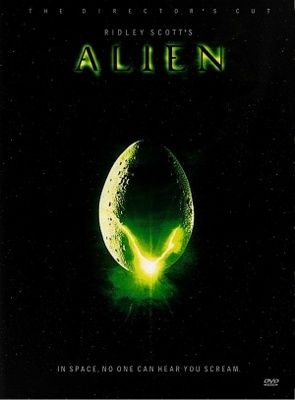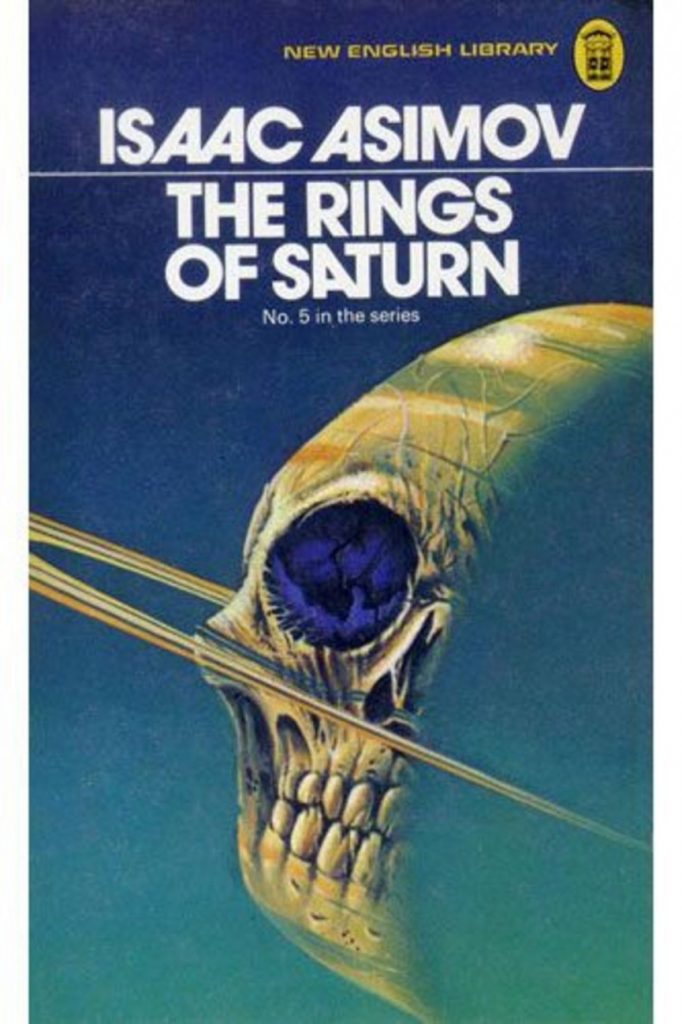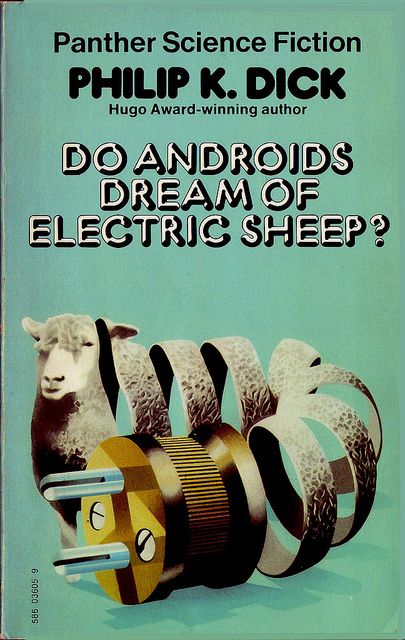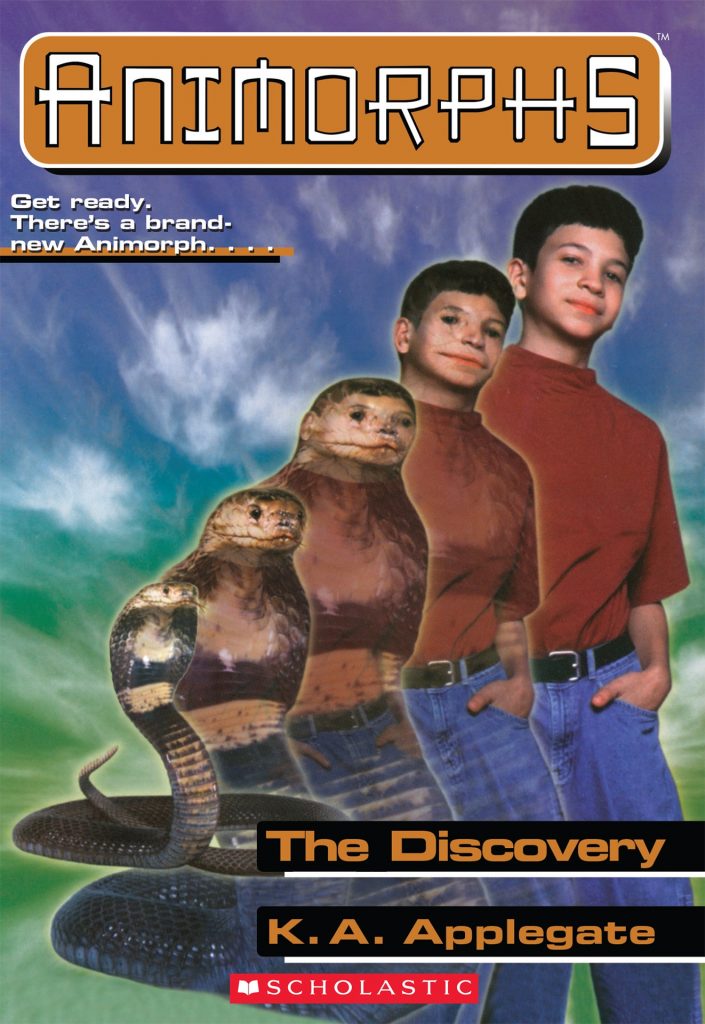For the assignments poster it’s going to be a certain promotional piece for an animation that might be created in the future and the project will be about Science Fiction which means the audience is going to be roughly 18-34 years of age since that seems to be the most common age of science fiction fans as well as the average age of YouTube users which is where this animation would be poster for entertainment.
There are many good Sci-Fi posters but not many that were conceptual rather they were more literal and straight to the point with no secondary meaning behind them making posters no good for analysis, however, book covers are more known to convey hidden meanings.

The book covers are more conceptual because they combine a few simple ideas usually found in the title of the book into a graphic that conveys a deeper meaning.



Alien. 1979. [DVD] Directed by R. Scott. 20th Century Fox. (Figure 1)
Applegate, Katherine, 1998. The Discovery. Scholastic Corporation. (Figure 4)
Asimov Isaac, 1989. The Rings Of Saturn. Lightning. (Figure 2)
Dick, Philip, 1968. Do Androids Dream Of Electric Sheep. Doubleday. (Figure 3)
